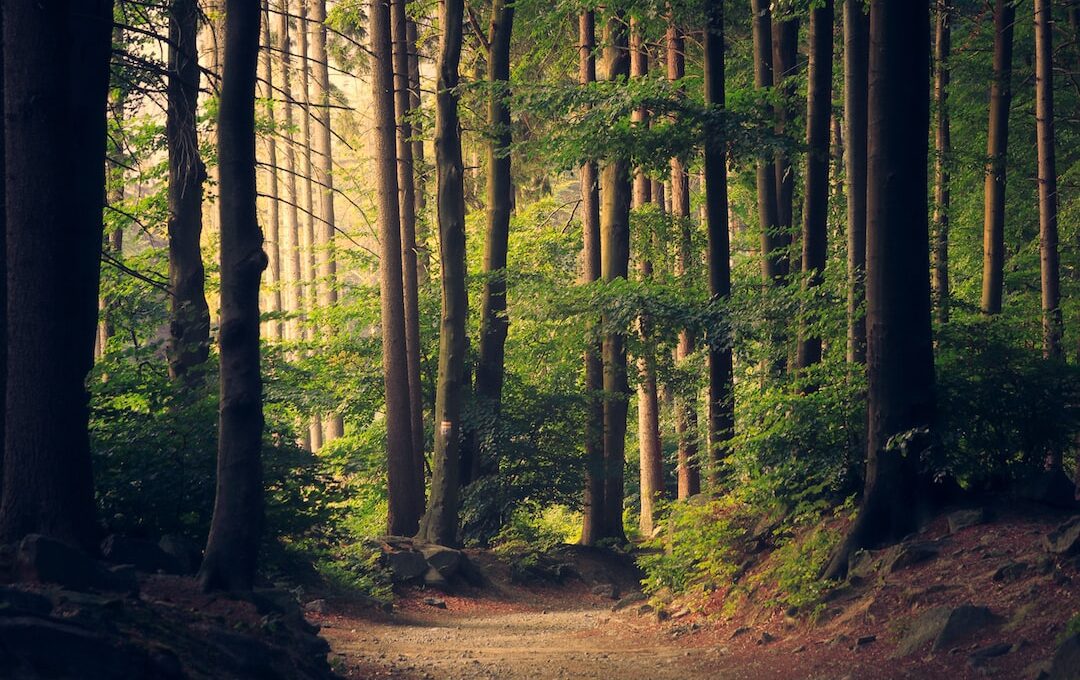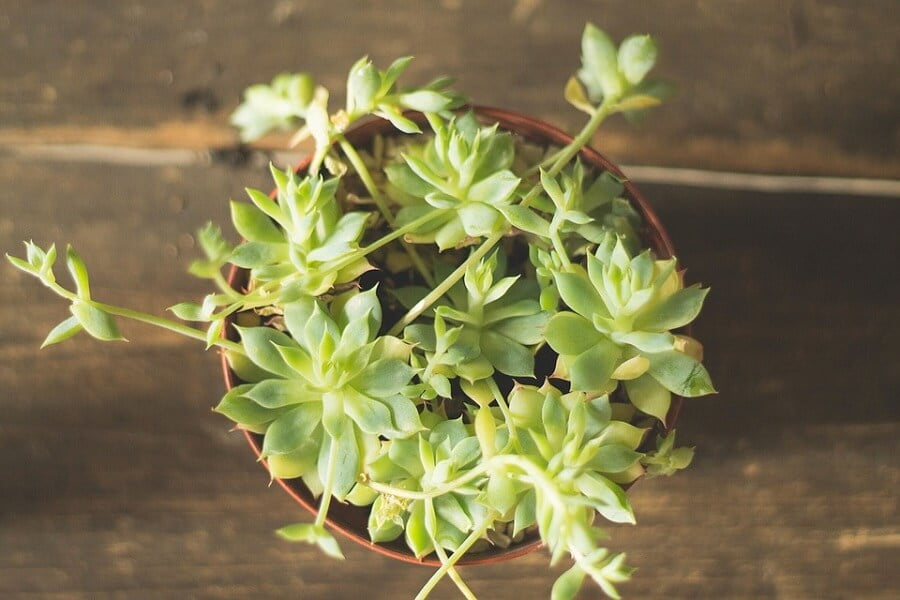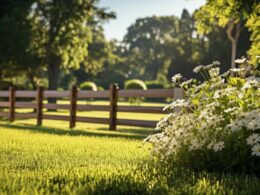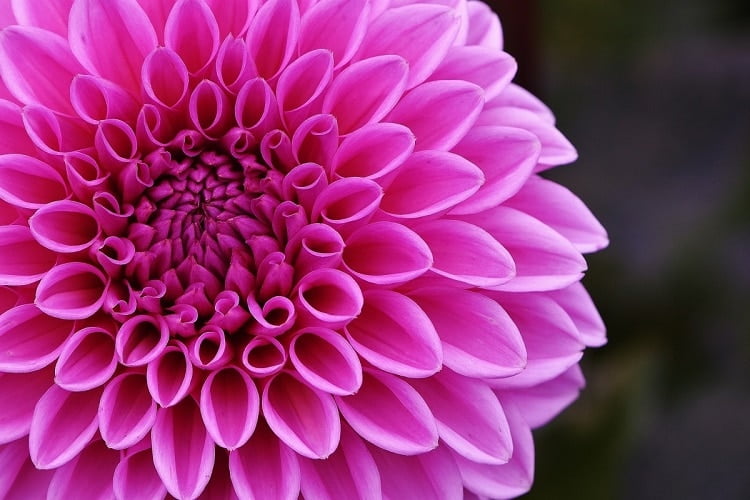Are you wondering how often you should water your bonsai trees? Taking care of these delicate plants requires attention and a consistent watering schedule. Proper watering is crucial to ensure the health and longevity of your bonsai trees. Neglecting their watering needs can lead to dehydration or overhydration, both of which can be detrimental to their well-being.
To avoid these risks, it’s important to understand the watering needs of different bonsai tree species, observe the moisture levels in the soil, and adjust watering frequency based on seasonal changes. Additionally, considering the type of potting medium and using the right watering techniques are essential.
By paying attention to signs of underwatering or overwatering, using proper watering tools, and developing a consistent watering schedule, you can keep your bonsai trees thriving and safe.
Quick Summary
- Different bonsai tree species have different watering needs.
- Water bonsai trees when the top inch of soil feels dry to the touch.
- Adjust watering frequency based on seasonal changes.
- Overwatering or underwatering can lead to root rot and stunted growth.
Understand the Watering Needs of Different Bonsai Tree Species
Understanding the watering needs of various bonsai tree species is crucial because each species has its own unique requirements. When it comes to bonsai trees, proper watering techniques are essential for their health and longevity.
Different bonsai tree species have different watering needs, so it is important to understand the watering frequency for each species.
Some bonsai tree species, such as tropical varieties like Ficus and Jade, require more frequent watering compared to other species. These trees thrive in moist soil and therefore need to be watered more often.
On the other hand, coniferous species like Junipers and Pines prefer a drier soil and should be watered less frequently. These trees are more tolerant of drought conditions and over-watering can lead to root rot.
To determine the watering frequency for your bonsai tree, it is important to consider factors like the type of species, the size of the pot, the climate, and the season. In general, it is recommended to water bonsai trees when the top inch of soil feels dry to the touch. However, it is important to avoid over-watering, as it can lead to root rot and other issues.
Understanding the watering needs of different bonsai tree species is crucial for their health and well-being. By following the appropriate watering techniques and considering the specific requirements of each species, you can ensure that your bonsai trees thrive and flourish.
Observe the Soil Moisture Levels
To properly check the soil moisture of your bonsai tree, you should use the finger test. Stick your finger about an inch into the soil and see how it feels. If it feels dry, it’s time to water your bonsai.
This simple method allows you to accurately determine the watering needs of your bonsai tree.
Learn How to Properly Check the Soil Moisture
Checking the soil moisture is crucial to keeping your bonsai tree healthy and thriving. To prevent soil moisture fluctuations, there are a few tips you can follow.
First, make sure to water your bonsai tree thoroughly, allowing the water to evenly saturate the soil. This will help maintain a consistent moisture level. Additionally, avoid overwatering, as this can lead to root rot and other issues.
It is important to check the soil moisture regularly to ensure it’s neither too dry nor too wet. To properly check the soil moisture, gently stick your finger about an inch deep into the soil. If it feels dry, it’s time to water your bonsai tree. However, if it feels moist, wait a bit longer before watering.
By following these tips, you can maintain proper soil moisture and keep your bonsai tree safe and healthy.
Use the Finger Test to Determine Watering Needs
Try using the finger test to determine when your bonsai tree needs watering. It’s a simple and effective way to ensure that you’re giving your tree the right amount of water.
Start by sticking your finger about an inch into the soil. If it feels dry, it’s time to water your bonsai. If it feels slightly damp, then your tree is still getting enough moisture.
This method is especially important when it comes to indoor bonsai, as they can dry out quickly due to the lack of natural humidity. Remember, watering frequency for indoor bonsai will vary depending on factors such as the size of the pot and the type of tree.
So, make sure to check the soil regularly to maintain the proper moisture levels.
Adjust Watering Frequency Based on Seasonal Changes
Did you know that adjusting the frequency of watering your bonsai trees based on seasonal changes is crucial for their health and growth?
As the seasons change, so do the water requirements of your bonsai trees. During the spring and summer months, when the weather is warmer and the sunlight is more intense, your bonsai trees will require more frequent watering. This is because the warmer temperatures and increased sunlight cause the soil to dry out faster.
On the other hand, during the fall and winter months, when the weather is cooler and the sunlight is less intense, your bonsai trees will require less frequent watering. This is because the cooler temperatures and reduced sunlight slow down the evaporation process, allowing the soil to retain moisture for longer periods.
Adjusting the watering frequency based on seasonal changes ensures that your bonsai trees receive the right amount of water at the right time. Overwatering or underwatering can lead to various problems such as root rot, fungal diseases, and stunted growth.
By being mindful of the changing seasons and adjusting your watering schedule accordingly, you can provide your bonsai trees with optimal growing conditions and promote their overall health and vitality.
To determine when it’s time to water your bonsai trees, you can use the finger test. Simply stick your finger about an inch into the soil and check if it feels moist or dry. If it feels dry, it’s time to water your trees. However, if it feels moist, you can hold off on watering for a little longer. Remember, it’s better to underwater than to overwater your bonsai trees.
Adjusting the frequency of watering your bonsai trees based on seasonal changes is essential for their well-being. By staying attentive to the changing seasons and using the finger test to determine watering needs, you can ensure that your bonsai trees receive the right amount of water and thrive throughout the year.
Consider the Type of Potting Medium
When considering the type of potting medium, it’s important to choose a material that will provide adequate drainage and moisture retention for your bonsai. This is crucial for the health and survival of your tree.
The right potting medium can help prevent overwatering or underwatering, which can be detrimental to your bonsai’s wellbeing. One important factor to consider when selecting a potting medium is its ability to drain excess water. Bonsai trees require well-drained soil to prevent root rot and other water-related issues. Look for a potting medium that contains materials like perlite, vermiculite, or coarse sand, as these substances will promote proper drainage.
On the other hand, moisture retention is also crucial for your bonsai’s hydration needs. You’ll want a potting medium that can hold enough moisture for your tree’s roots to absorb without becoming waterlogged. Organic materials like peat moss or coconut coir can help retain moisture while still allowing for proper airflow.
The type of potting medium you choose will also affect how often you need to water your bonsai. A well-draining medium may require more frequent watering, while one that retains moisture may need less frequent watering. It’s important to monitor the moisture levels in the potting medium and adjust your watering frequency accordingly to ensure your bonsai remains properly hydrated.
By selecting the right potting medium and adjusting your watering frequency accordingly, you can provide your bonsai with the ideal growing conditions and promote its overall health and vitality.
Watering Techniques for Bonsai Trees
To keep your bonsai thriving, it’s essential to master the art of watering, ensuring your miniature masterpiece gets just the right amount of moisture. Watering techniques for bonsai trees differ depending on the season and climate. During winter, when the temperature drops and the bonsai enters a dormant phase, it requires less frequent watering. However, it’s crucial to monitor the moisture level of the soil to prevent it from completely drying out. In hot and dry climates, bonsai trees have higher water requirements. Here are some tips for watering bonsai trees in such conditions:
-
Mulching: Apply a layer of organic mulch around the base of the bonsai to help retain moisture and protect the roots from extreme temperatures.
-
Watering frequency: In hot and dry climates, bonsai trees may require watering twice a day, especially during peak summer months. Monitor the soil moisture level and adjust accordingly.
-
Watering techniques: Instead of simply pouring water over the soil surface, use a gentle misting nozzle or a watering can with a fine spout to evenly distribute water without causing soil erosion.
Remember, overwatering can be just as harmful as underwatering, so always check the moisture level of the soil and adjust your watering technique accordingly. By mastering these watering techniques, you can ensure your bonsai tree thrives, regardless of the season or climate.
Does Overwatering Fruit Trees Attract Squirrels?
Overwatering fruit trees can inadvertently attract squirrels. When the soil is constantly moist, it acts as a beacon for these nimble creatures, luring them in to feast on the fruits. To keep squirrels away from fruit trees, it’s essential to maintain proper watering practices and ensure the soil moisture levels are in balance.
Use Proper Watering Tools
Make sure you have the right tools for watering your bonsai, it’s crucial for their survival. Proper watering techniques and the use of the right watering tools are essential to keep your bonsai trees healthy and thriving. Here are three sub-lists that will help you understand the importance of using the right watering tools:
-
Prevent Overwatering:
- Use a watering can with a narrow spout to control the flow of water and prevent excessive watering.
- Use a moisture meter to determine the moisture level in the soil, preventing overwatering and root rot.
- Use a humidity tray or a moisture-retaining mat underneath the bonsai pot to maintain the right level of moisture without saturating the roots.
-
Avoid Underwatering:
- Use a fine mist spray bottle to provide a gentle misting to the foliage, preventing dehydration.
- Use a watering wand with a long and flexible neck to water the root system evenly without disturbing the delicate branches.
- Use a watering wand with a rose attachment to ensure a gentle and even distribution of water, preventing dry spots in the soil.
-
Ensure Safety:
- Wear protective gloves to avoid any injuries while handling sharp tools or thorny branches.
- Use a sturdy and stable watering can or watering wand to prevent accidents and spills.
- Regularly clean and sanitize your watering tools to avoid the spread of diseases among your bonsai trees.
By following these proper watering techniques and using the right watering tools, you can ensure the health and longevity of your bonsai trees.
Pay Attention to Signs of Underwatering and Overwatering
Pay attention to signs of underwatering and overwatering when caring for your bonsai trees. Learning to identify symptoms of underwatering, such as dry and brittle leaves, is crucial in preventing damage to your plant.
Similarly, recognizing the signs of overwatering, such as yellowing leaves and root rot, can help you adjust your watering schedule accordingly.
Learn to Identify Symptoms of Underwatering
Keep an eye out for wilted leaves and dry soil as signs that your bonsai tree might be in need of more water. Identifying these common symptoms is crucial to prevent underwatering and ensure the safety of your bonsai tree. Here are some indicators to look for:
- Wilting leaves: When the leaves start to droop and lose their vibrant green color, it’s a clear sign that your bonsai tree needs water.
- Cracked soil: Dry soil can lead to cracks forming on the surface. Check the soil regularly, and if you notice these cracks, it’s time to water your bonsai.
- Reduced growth: If you notice that your bonsai tree’s growth has slowed down or the branches are becoming brittle, it could be a sign of underwatering.
- Leaf drop: When leaves start to fall off prematurely, it indicates that your bonsai tree isn’t getting enough water.
By keeping a close eye on these symptoms, you can ensure that your bonsai tree receives the necessary hydration and stays healthy.
Recognize the Signs of Overwatering
Look out for the telltale signs of overwatering, such as yellowing leaves and soggy soil, which can harm your bonsai’s health. Overwatering is a common mistake that can lead to root rot and ultimately kill your bonsai tree.
To prevent overwatering, it’s important to understand the signs. One sign is the appearance of yellowing leaves. If you notice the leaves turning yellow and falling off easily, it’s a clear indication that you’re overwatering.
Another sign is the presence of soggy soil. When you touch the soil and it feels wet or muddy, it means that the roots are sitting in excess water.
To prevent overwatering, make sure to water your bonsai only when the soil feels slightly dry to the touch. Also, ensure that the pot has proper drainage holes to allow excess water to escape.
By recognizing the signs of overwatering and taking preventative measures, you can ensure the health and longevity of your bonsai tree.
Develop a Consistent Watering Schedule
Establishing a regular watering routine is crucial for maintaining healthy bonsai trees. It is important to develop consistency in your watering schedule to avoid overwatering, which can lead to root rot and other issues. By following a consistent routine, you can ensure that your bonsai trees receive the right amount of water without drowning them.
To help you develop a watering schedule that works for you, here is a simple 2 column, 4 row table to guide you:
| Morning | Evening |
|---|---|
| Monday | Thursday |
| Wednesday | Saturday |
| Friday | Sunday |
| Tuesday |
Fill in the table with the days of the week that you plan to water your bonsai trees. This routine will help you maintain a consistent watering schedule and avoid overwatering. Remember, it is important to check the soil moisture level before watering. Stick your finger about an inch deep into the soil – if it feels dry, it’s time to water. If it’s still moist, wait another day before watering.
By following this simple watering routine and being mindful of the signs of overwatering, you can keep your bonsai trees healthy and thriving. Remember, consistency is key!
Frequently Asked Questions
How can I tell if my bonsai tree is being underwatered or overwatered?
To determine if your bonsai tree is being underwatered or overwatered, look for signs such as dry and wilting leaves for underwatering, and yellowing or rotting roots for overwatering. Pay attention to these signs to ensure the safety of your tree.
Can I use tap water to water my bonsai tree, or should I use a specific type of water?
You should use filtered or rainwater instead of tap water to water your bonsai tree. Tap water may contain chemicals that can harm the tree. Filtered or rainwater is safer and provides better benefits for your bonsai’s health.
Are there any specific watering techniques I should use for indoor bonsai trees?
To ensure the health of your indoor bonsai trees, it’s best to follow specific watering techniques. Different types of indoor bonsai trees have different watering frequency requirements. Here are some best practices to ensure their well-being.
How often should I mist my bonsai tree’s leaves to increase humidity?
To increase humidity for bonsai trees, mist the leaves daily. Misting helps prevent dryness, promotes healthy growth, and discourages pests. Be careful not to overdo it, as excessive moisture can lead to fungal diseases.
Can I use a watering can with a narrow spout to water my bonsai tree, or should I use a different tool?
To ensure the safety of your bonsai tree, it’s best to use a watering can with a narrow spout or a specialized bonsai watering tool. These alternatives provide better control and prevent overwatering, which can be harmful to the tree.
Conclusion
So, now you know how often you should water your bonsai trees. By understanding the watering needs of different species and observing soil moisture levels, you can ensure the health and vitality of your bonsai.
Remember to adjust watering frequency based on seasonal changes and consider the type of potting medium. Use proper watering tools to maintain the right moisture levels and pay attention to signs of underwatering and overwatering.
Develop a consistent watering schedule for your bonsai trees and happy gardening!









